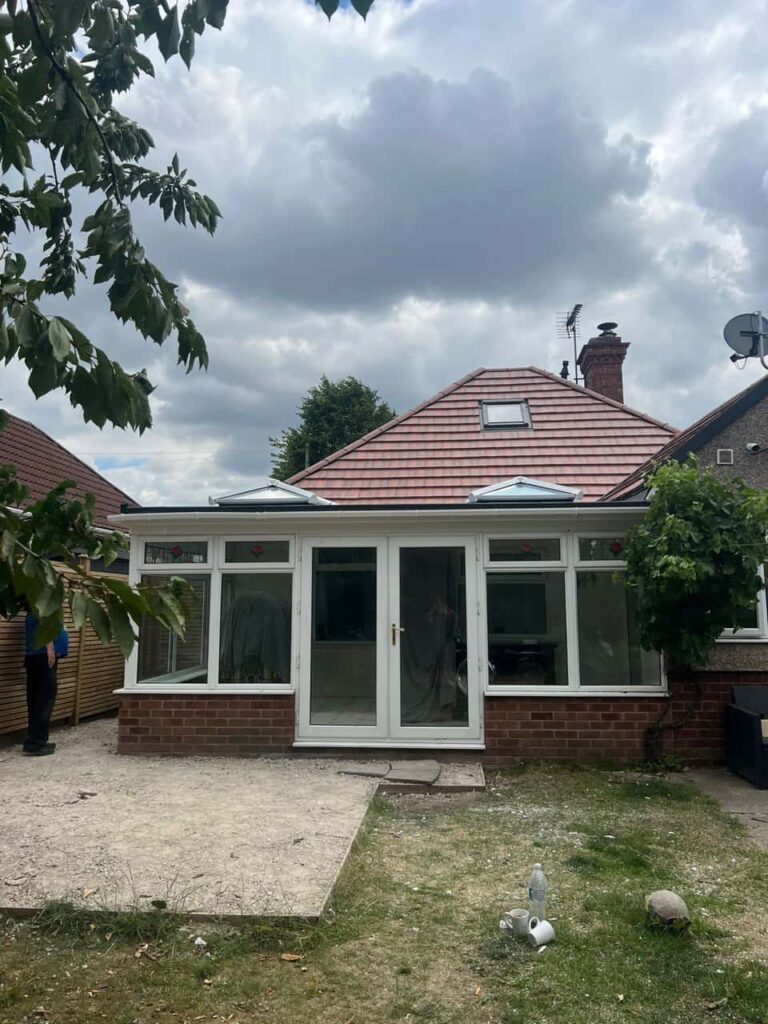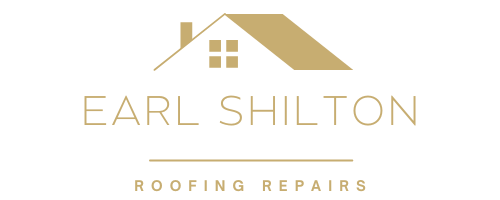A pitched roof is a popular and reliable roofing choice for many homeowners in the UK, providing strong protection against the elements and enhancing the overall aesthetic of a property. To ensure that your pitched roof continues to function at its best and lasts for many years, regular maintenance is essential. In this article, we’ll explore how to maintain your pitched roof to maximise its lifespan, reduce the risk of costly repairs, and keep your home safe and secure.
Why Roof Maintenance is Important
Regular maintenance is essential for a pitched roof to perform optimally. Over time, your roof is exposed to various environmental factors such as rain, wind, snow, and even UV rays, all of which can cause wear and tear. Without proper care, small issues can escalate into major problems that may require costly repairs or a full roof replacement. By proactively maintaining your pitched roof, you can extend its lifespan, prevent leaks, and ensure it continues to protect your home for many years.
1. Regular Inspections
The first step to maintaining your pitched roof is scheduling regular inspections. Ideally, you should have your roof checked at least once a year and after any significant weather events, such as storms or heavy snowfall. During an inspection, look for visible damage such as missing or cracked tiles, damaged flashing, or signs of wear around chimneys and vents. Checking your roof regularly helps identify small issues before they develop into larger, more costly problems.
2. Keep Gutters Clean and Clear
Your gutters play a vital role in preventing water from damaging your roof. When gutters become blocked with leaves, twigs, or debris, water can back up onto the roof, leading to leaks, rot, and other forms of water damage. Regularly cleaning your gutters, ideally twice a year, ensures that rainwater can flow freely and reduces the likelihood of water pooling on your roof.
Make sure to check that the downspouts are also clear of debris and direct water away from the foundation of your home. It’s recommended to have your gutters professionally cleaned if you’re unable to do so yourself, as experts can ensure proper maintenance without risk of injury.
3. Check for Moss and Algae Growth
Moss and algae can grow on your roof, particularly in shaded or damp areas. While they may not seem like a significant issue at first, moss can trap moisture, which can cause damage to the roof over time. Left unchecked, moss can lead to rotting wood, weakening roof materials, and the development of leaks.
To prevent moss and algae from taking hold, consider having your roof professionally cleaned every few years. A professional service can remove the growth without damaging the roof and apply treatments to discourage future growth. If moss growth is already present, don’t attempt to remove it yourself as it can damage the shingles. Instead, contact a roofing professional to safely remove it.
4. Inspect and Maintain Roof Flashing
Roof flashing is a critical component of your pitched roof, as it seals the joints around chimneys, skylights, and other protrusions. Over time, flashing can become damaged or loosened, allowing water to infiltrate and cause leaks. It’s important to inspect the flashing regularly to ensure that it’s intact and properly sealed.
If you spot any signs of damage or corrosion on your flashing, have it repaired promptly. Roof flashing is an area where professional roofing services can provide expert care, ensuring it’s installed correctly and functioning as it should.
5. Address Minor Damage Immediately
When you notice small issues such as cracked tiles or damaged shingles, it’s important to address them as soon as possible. Even a minor crack or missing tile can allow water to penetrate your roof and cause significant damage over time. Promptly repairing small issues prevents them from escalating into larger problems, ultimately saving you time and money on expensive repairs.
6. Ensure Proper Insulation and Ventilation
Proper insulation and ventilation in your attic or loft space are essential to the overall health of your pitched roof. Poor ventilation can lead to a build-up of moisture, which can cause condensation, rot, and mould. Inadequate insulation can result in heat loss, making your home less energy-efficient.
Ensure that your attic is properly insulated to maintain temperature control and prevent moisture build-up. Good airflow and ventilation help keep your roof dry and prevent the formation of ice dams in the winter months.
7. Professional Roofing Maintenance
While regular DIY checks are essential, there are some maintenance tasks that are best left to professionals. If you notice signs of significant damage or if you’re unable to access certain parts of your roof, it’s a good idea to call in a roofing specialist. Professionals have the necessary tools, skills, and experience to carry out a full inspection, perform repairs, and offer long-term maintenance solutions to keep your roof in optimal condition.
Conclusion
Maintaining your pitched roof is essential for ensuring its longevity and protecting your home from damage. By conducting regular inspections, cleaning gutters, addressing minor issues quickly, and ensuring proper insulation and ventilation, you can keep your roof in top condition for years to come. Professional roof maintenance is an investment in your home’s value and safety, offering peace of mind and preventing costly repairs in the future.
If you’re looking for expert roofing services, Earl Shilton Roofing Repairs can help. Our experienced team provides comprehensive roofing inspections, repairs, and maintenance tailored to your needs. Contact us today to book your roof inspection and ensure your pitched roof stays in excellent condition for years to come.
Call us on: 01455 249 592
Click here to find out more about Earl Shilton Roofing Repairs
Click here to complete our contact form and see how we can help with your roofing needs.

